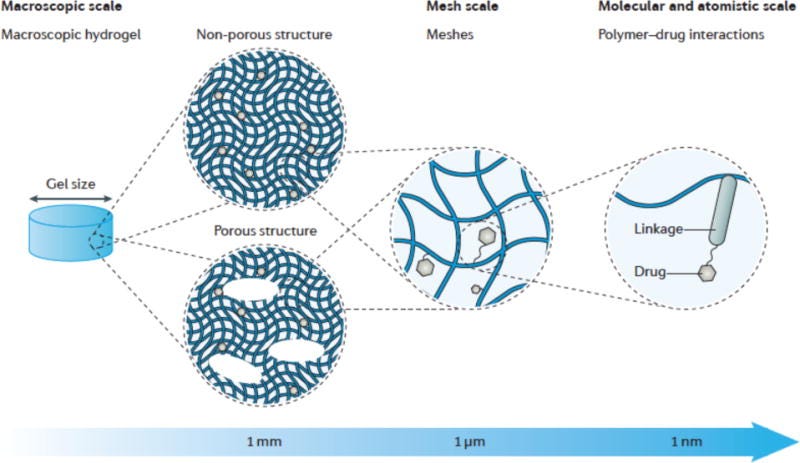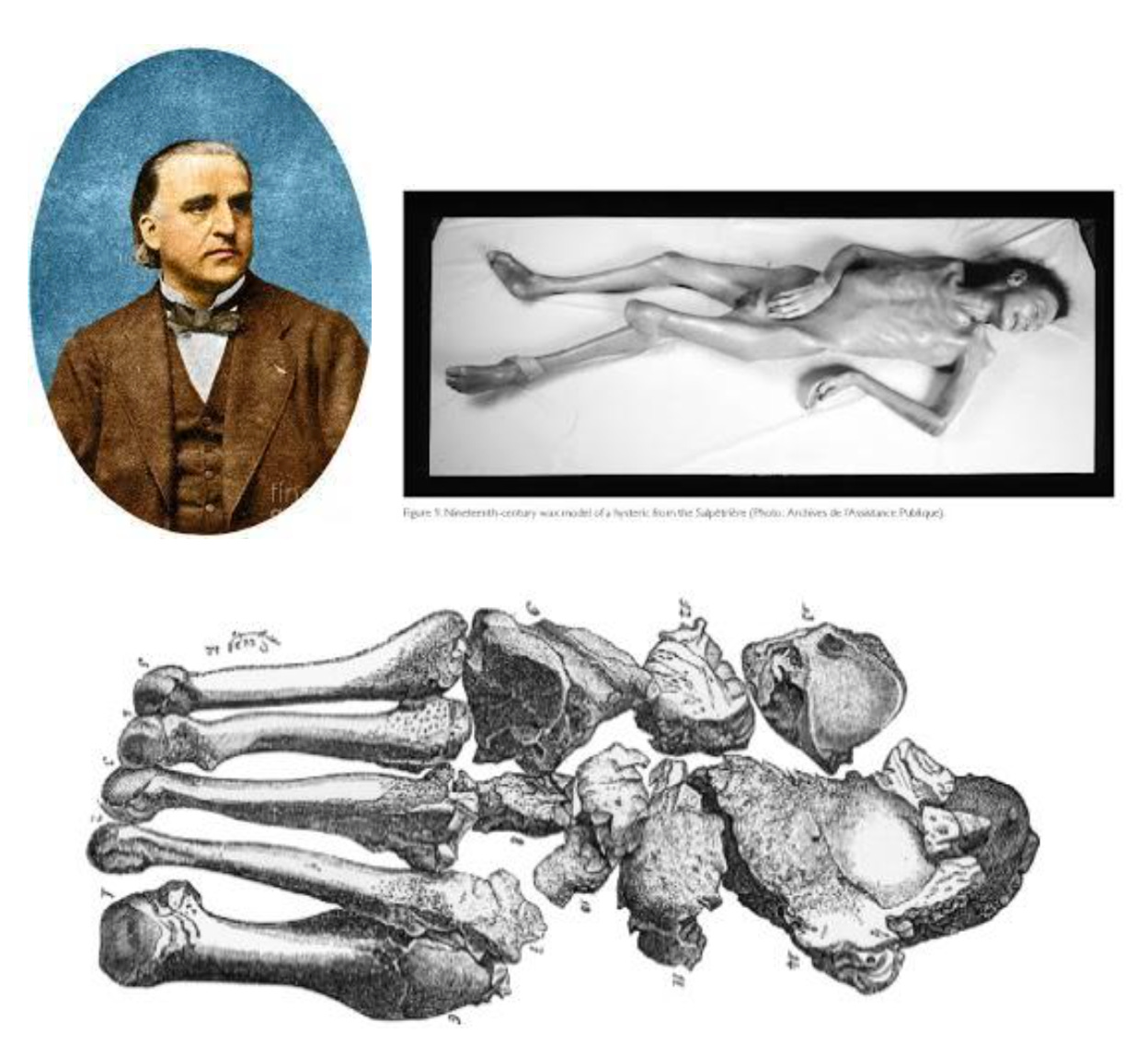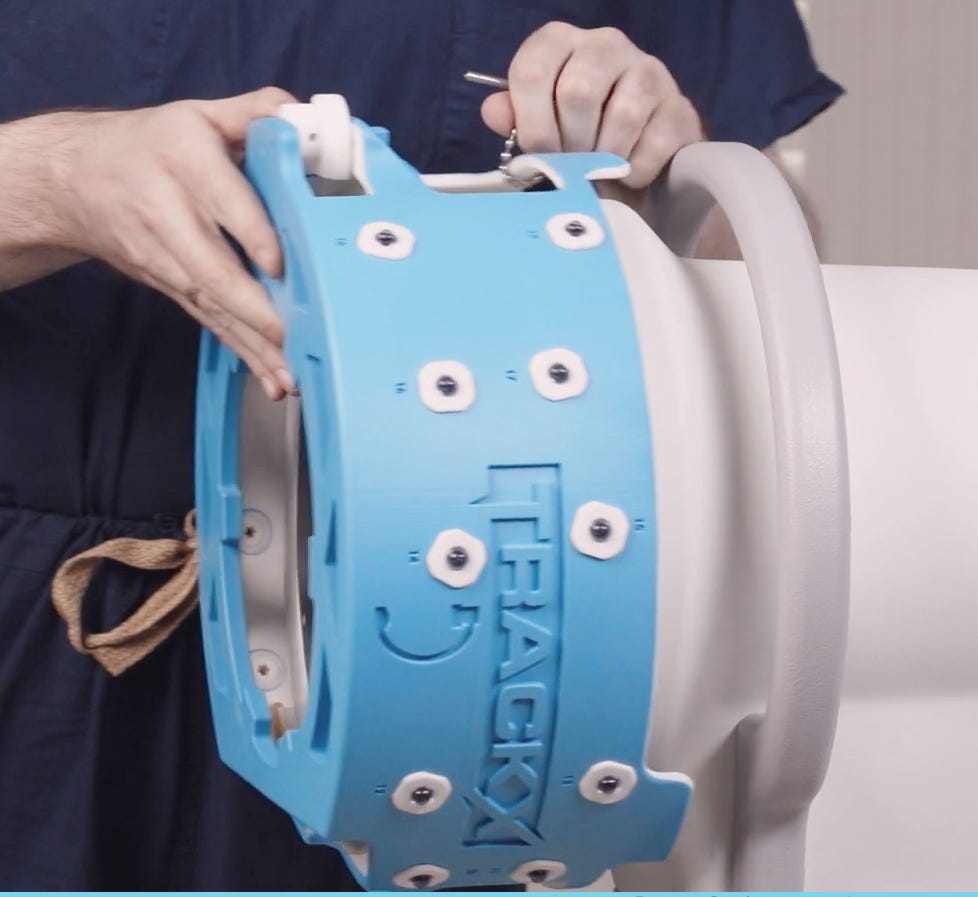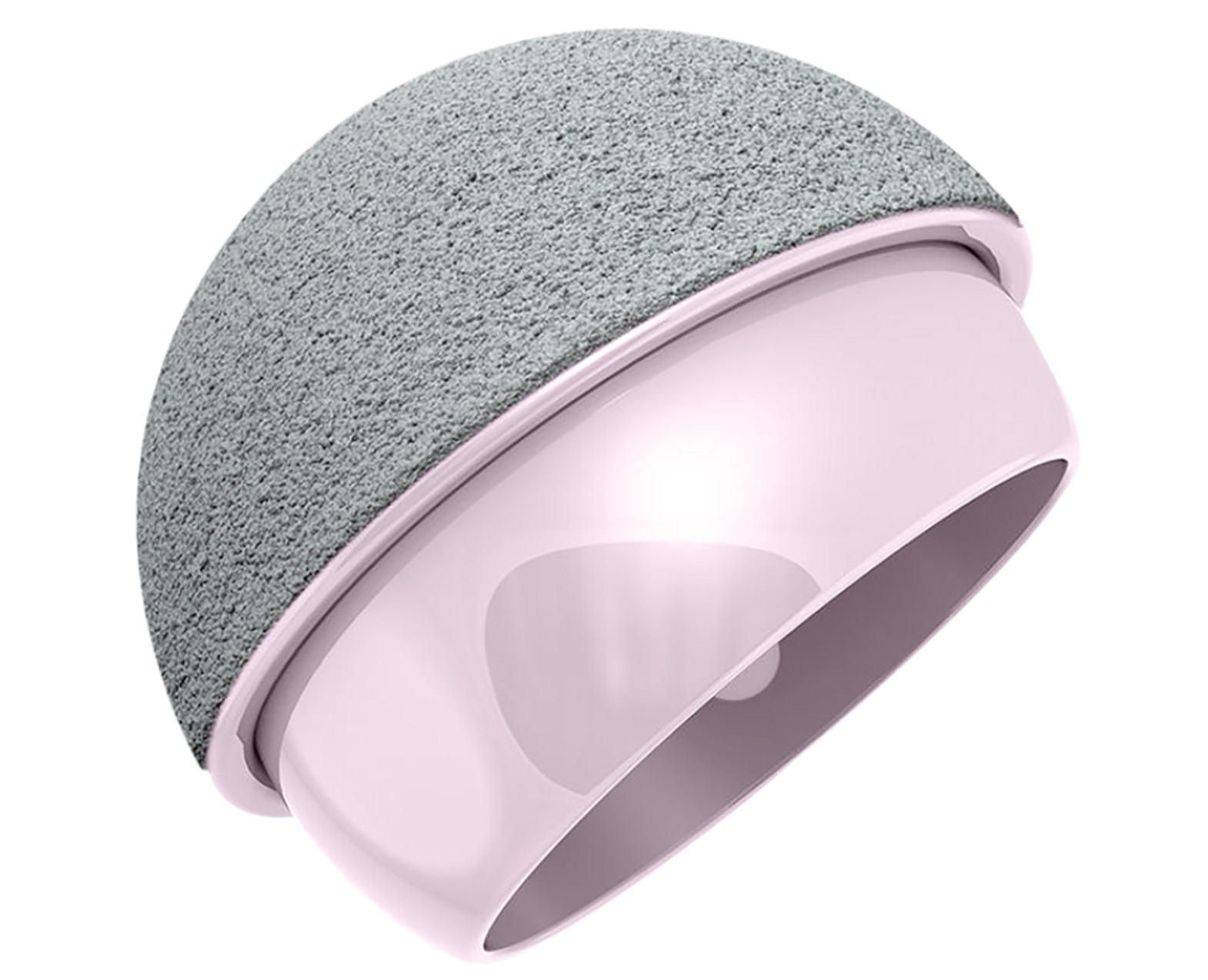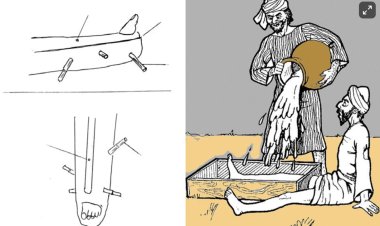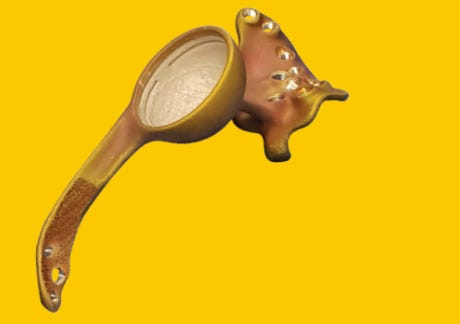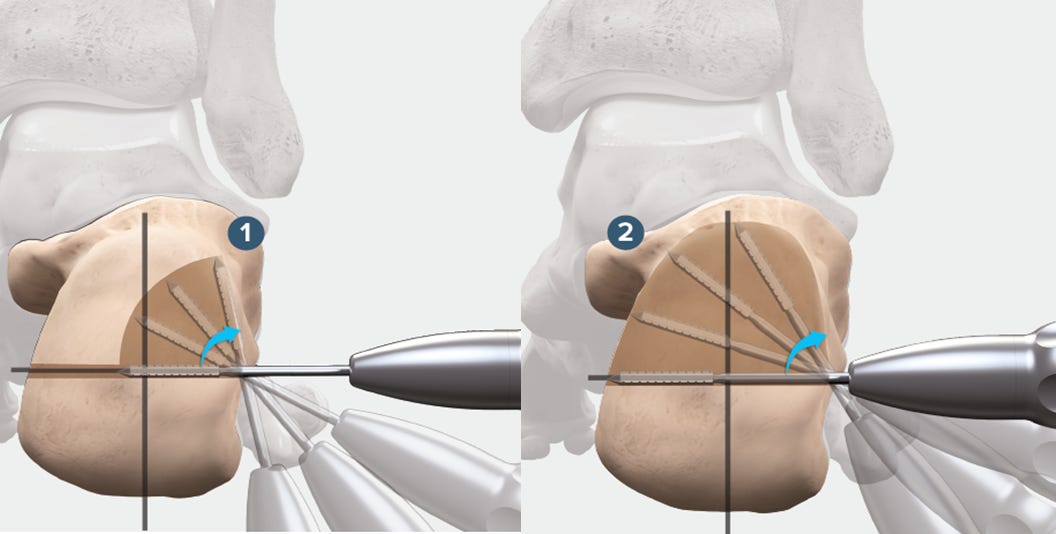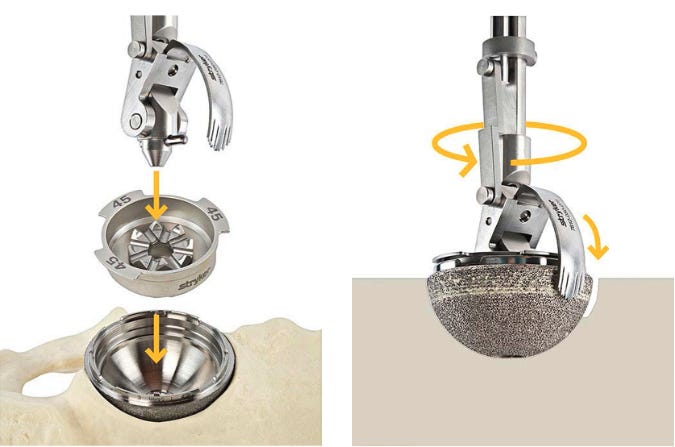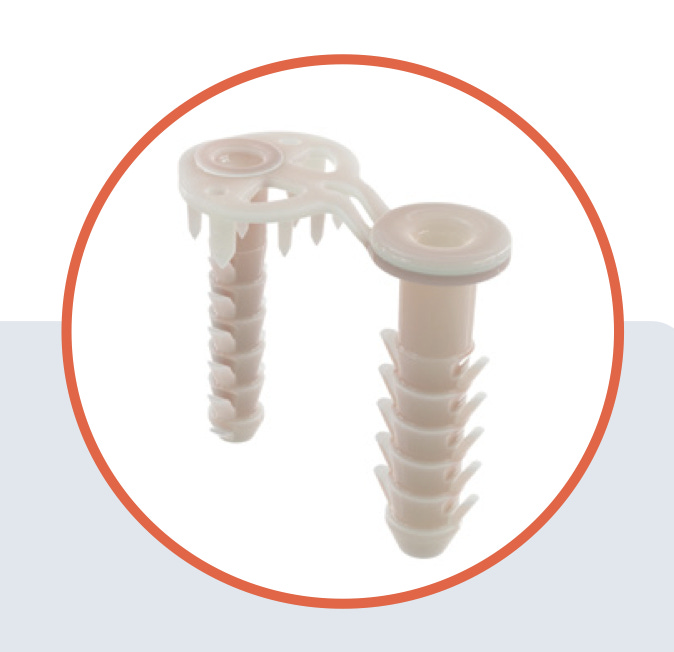Spread of knowledge should be infectious!
Enjoy our special issue on Orthopaedic infections this month
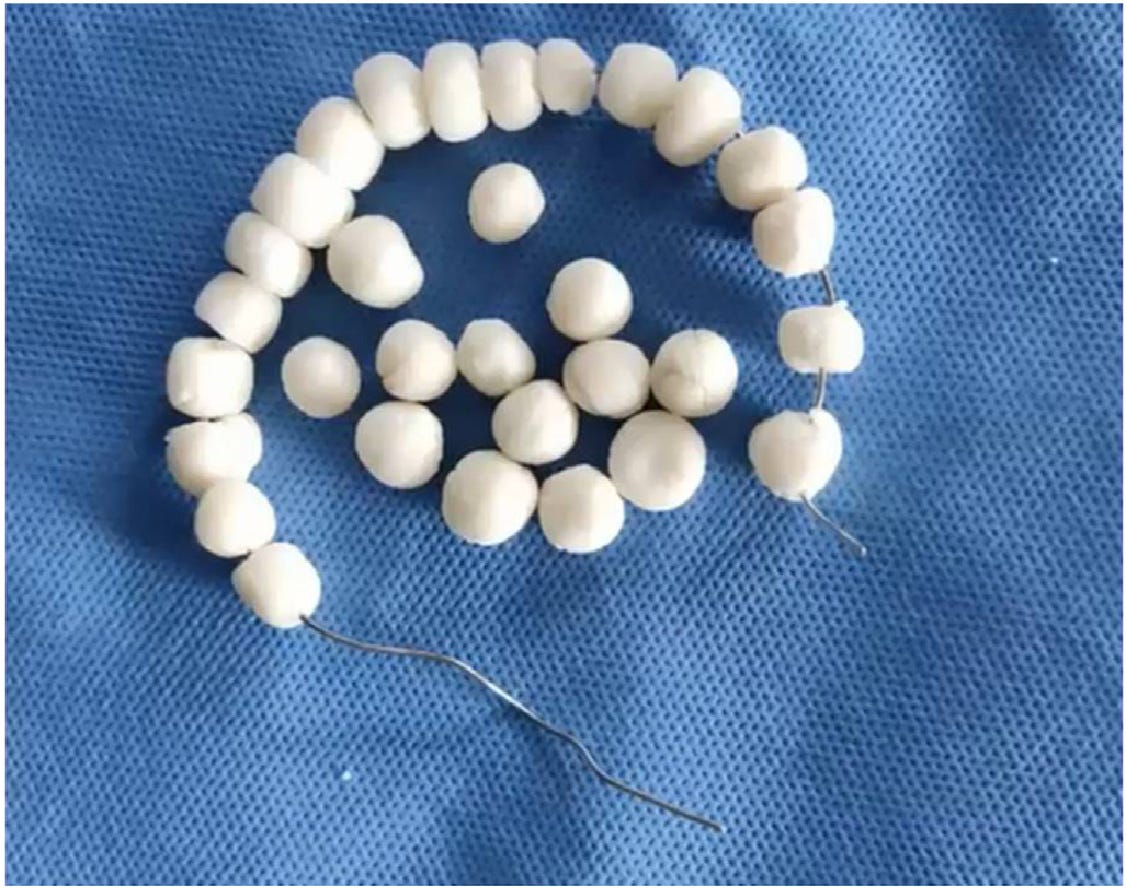
Let’s VAC ‘em all! #NeoArmory:
Wound management plays an important role in preventing infection (yeah yeah.. aseptic techniques, sterility, prep and drape and stuff like that too...) But let us have this spin for now.
The keyword for today’s Neo-armoury is “Proactive”. Yes, assessing the risk of the patients and proactively managing their wounds is the key (to success…?).
In comes Prevena RestorTM, from the omnipresent 3M, they now have ‘closed incision negative pressure dressing’.

It is a Vac-type dressing for closed wounds which have a higher risk for infections. It uses continuous -125mmHg pressure to help hold the edges together, removes fluids and reduces oedema. Once applied sterile the need to change it in a ‘non-sterile’ ward setting is reduced. They claim 71% less infection, 76% fewer surgical site complications, 85% reduction in oedema, 80% fewer reoperations and 15% fewer mean dressing changes compared to standard surgical dressings
The system is designed to last for 14 days with rechargeable batteries. This study shows decreased wound complications after revision arthroplasty.
The connection between cancer and infection - #FromTheHistory:
Hi guys, have you ever wondered how the term “oncologic debridement” for osteomyelitis came into existence? have you felt that the osteomyelitis classification is quite similar to cancer staging?
These concepts of oncologic debridement and classification of osteomyelitis involving host status revolutionized how we manage orthopaedic infections. But it takes some mind to equate infection and tumours and apply the principles of tumour management to infection. Dr. George Chierny was the earliest one to apply these oncologic principles to infection management. His interest in infection and oncology dates back to his early dates of residency. He took a year after his first year of residency to do a rotation in clinical pathology. This rotation shaped his interests. He could sense the potential of infection to stay deep, recur, and spread rather fast. His fellowship in orthopaedic oncology under Dr Enniking shaped his understanding of the management of orthopaedic infections.
He was well aware of the impact that these bone infections have on patients and he would employ psychiatric counseling for these patients. He had follow-ups of more than 3500 patients with orthopaedic infections. He closely worked with Dr. Jon Mader, an infectious disease specialist to come out with the Cierny - Mader classification. He also contributed significantly to the management of open fractures. He was the early advocate of the local application of antibiotics and the use of Ilizarov in infections.
He was the founding member and two-time President of the Musculoskeletal Infection Society and the George Chierny Award is dedicated to honor him.

When, where and how? - #SurgicalPearl:
Debridement with antibiotic-impregnated spacer insertion, followed by revision implantation is common in peri-prosthetic infections of the knees and hips. The same can be done in the Spine too! This can be restricted as an adjuvant (even during the first debridement) in severe infections involving the posterior spinal elements and paraspinal musculature.
-
Beads: PMMA - with vancomycin (2g in 40g cement) and gentamycin (160-240mg) or calcium sulphate beads (stimulan®) with vancomycin (2g) and tobramycin (3.6g).
-
The antibiotics mixed with water are added to the cement in its doughy state. This gives better surface elucidation of the antibiotics from the beads.
-
Hand-mixing is preferred, as it increases the porosity of the cement and thereby facilitates a better release of antibiotics. The use of mini-beads raises the surface area and allows greater release of antibiotics.
-
The beads are connected by a stainless-steel wire and carefully placed over the paraspinal gutter, lateral to the facets.
-
Calcium sulphate cement beads can be additionally packed inside the disc space in patients with spondylodiscitis.
-
VAC can be added to the wounds when needed
-
Patients require a second procedure for cement bead retrieval and further stabilisation around 3-4 weeks after the first debridement.
Shorter Antimicrobial Prophylaxis #InTrials:
Kosei Nagata et al in an RCT studied 1,211 adults undergoing clean orthopaedic surgery and investigated the effectiveness of shorter antimicrobial prophylaxis (less than 24 hours post-surgery) compared to longer duration (24-48 hours) in preventing infections. The results revealed that infections occurred in 4.6% of patients with shorter prophylaxis and 6.6% with longer prophylaxis. This indicates noninferiority of the shorter duration without significant differences in prolonged hospitalisation, antibiotic resistance, or serious adverse events.
Shorter antibiotic prophylaxis is as good as anything guys!
Culture-negative PJI is no longer negative #MostCited:
Here comes the Next-Generation Sequencing (NGS).
Goswami et al. analyzed the NGS profile of culture-negative PJI in 301 patients who met the ICM criteria for PJI. Of these patients, 85 (28.2%) were culture-negative. A pathogen could be identified by NGS in 56 (65.9%) of these culture-negative patients.
NGS revealed a polymicrobial infection in 91.1% of culture-negative PJI cases, with the set of common species contributing to 82.4% of polymicrobial profiles. Escherichia coli, Cutibacterium acnes, Staphylococcus epidermidis, and Staphylococcus aureus ranked highest in terms of incidence and were most frequently the dominant organisms.

Events to check out
-
31st International Meeting on Advanced Spine Techniques – IMAST 2024 - 10-13 April 2024 - San Diego, USA
-
10th European Pelvic Course 2024 - 11 -13 April 2024 - Amsterdam, Netherlands
-
Spring School in Vertebral Surgery - 17 - 20 April 2024 - Bologna, Italy
Answer to last month’s Question:
Question: Which of the following adds up to NEXUS criteria for C-spine imaging in trauma?
-
Midline neck tenderness
-
Severe Injury in the lower limb of the patient
-
Altered consciousness of the patient
-
Breath smells of alcohol
Answer: Breath smells of alcohol.
Question of the month:
How long should Reverse shoulder arthroplasty be delayed after a single corticosteroid injection to the shoulder?
-
4 weeks
-
8 weeks
-
10 weeks
-
12 weeks
Hold tight till our next issue comes out!
Have a dazzling December folks









